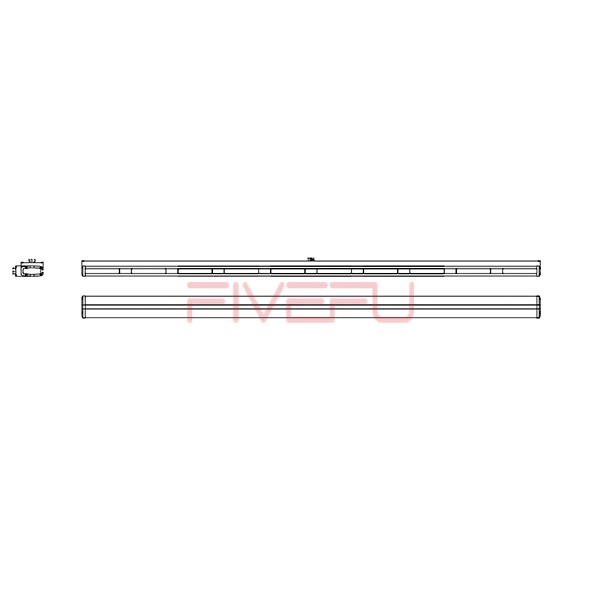Improperly mounted emergency vehicle lights can lead to accidents, legal issues, or reduced visibility. Choosing the correct mounts and colors ensures compliance, safety, and optimal performance.
Emergency vehicle lights must be strategically mounted and colored to enhance visibility, adhere to legal standards, and ensure public and personnel safety.
Understanding the types and color options for emergency lights can simplify your decision-making process. Let’s dive into the details.
The Importance of Understanding Emergency Vehicle Light State Statutes
Compliance with state statutes is critical when choosing and mounting emergency vehicle lights. Laws differ by region, dictating permissible colors, mounting locations, and usage scenarios.
For example, blue lights are often reserved for law enforcement, while amber is used for construction or utility vehicles. Non-compliance can result in fines, vehicle impoundment, or operational delays.
Before selecting emergency lights, research state-specific regulations or consult with a supplier familiar with legal requirements. Proper compliance ensures safety, avoids penalties, and enhances operational efficiency.
Different Types of Emergency Vehicle Lights
Emergency vehicle lights come in various forms to suit different needs. Understanding these types can help you make an informed decision.
- Dash and Deck Lights: Mounted inside the vehicle, these lights provide discreet but powerful illumination.
- Beacon Lights: Rotating or strobing lights ideal for high visibility in all directions.
- Light Bars: Popular for police and fire vehicles, offering extensive coverage.
- Grille and Surface Mount Lights: Compact yet effective for supplemental lighting.
Each type of emergency light has unique applications, making it crucial to select one that aligns with your vehicle’s purpose and local regulations.
Front Facing Emergency Light Choices
Front-facing emergency lights are essential for alerting oncoming traffic and ensuring visibility in critical scenarios.
- LED Light Bars: These are the most versatile option, providing high-intensity illumination.
- Fog Lights: Useful in low-visibility conditions like fog, rain, or snow.
- Dash-Mounted Lights: These interior lights offer a subtle but effective solution for front-facing visibility.
Proper placement is key—mount lights at a height and angle that ensures maximum visibility without blinding oncoming drivers.
Rear Facing Emergency Light Choices
Rear-facing lights are critical for preventing accidents and ensuring visibility from behind.
- Strobe Lights: Perfect for emergency stops or situations requiring high visibility.
- Directional Arrows: Ideal for guiding traffic in construction or accident zones.
- Tailgate Light Bars: These provide continuous rear-facing illumination and are easy to install.
Rear-facing lights must be mounted securely and at an appropriate height to enhance their effectiveness while ensuring compliance with regulations.
Install Front Facing or Rear Facing Emergency Lighting in the Appropriate Locations
Correct placement of emergency lights is as important as selecting the right type. Improper installation can compromise effectiveness and violate legal requirements.
- Front-Facing Lights: Mount at the roofline, grille, or dashboard for optimal forward visibility.
- Rear-Facing Lights: Position on the rear bumper, tailgate, or roofline for maximum coverage.
- Side Lights: Consider adding side-mounted lights for 360-degree visibility, particularly for utility or emergency service vehicles.
Always follow manufacturer guidelines and local regulations to ensure proper installation.
Emergency Vehicle Light Color Choices
The color of emergency vehicle lights plays a significant role in visibility and compliance.
- Red Lights: Commonly used by fire trucks and ambulances.
- Blue Lights: Reserved for police and law enforcement in most regions.
- Amber Lights: Ideal for utility vehicles, tow trucks, and construction equipment.
- White Lights: Often used for scene illumination or additional visibility.
Choose colors based on your vehicle’s purpose and regional statutes. Proper color selection enhances safety, minimizes confusion, and ensures legal compliance.
Conclusion
Selecting the right emergency vehicle lights and colors enhances visibility, ensures compliance, and prioritizes safety for everyone on the road.









